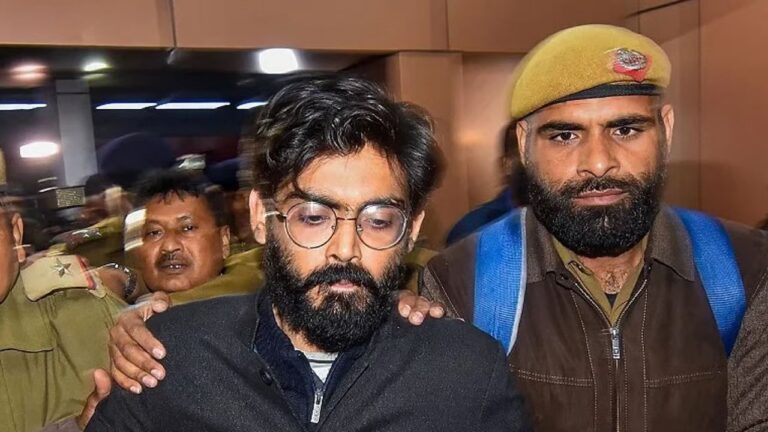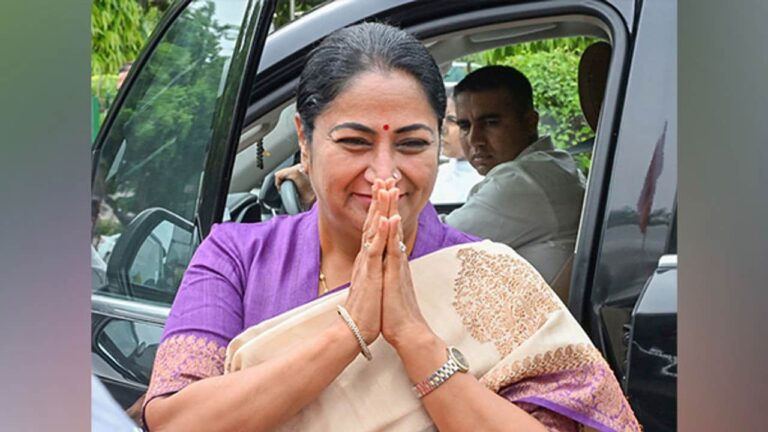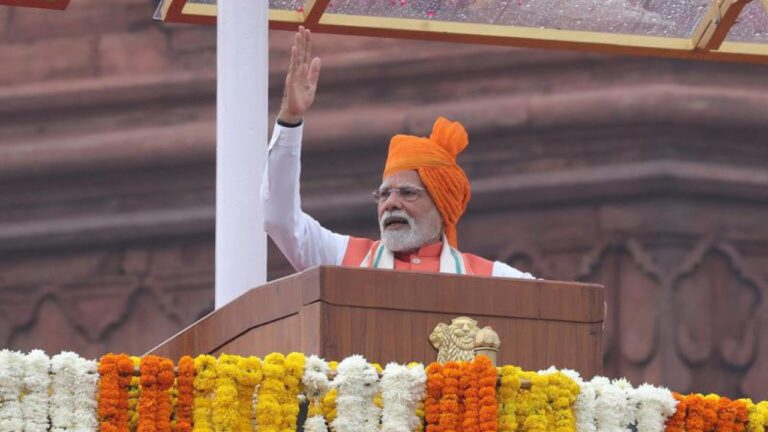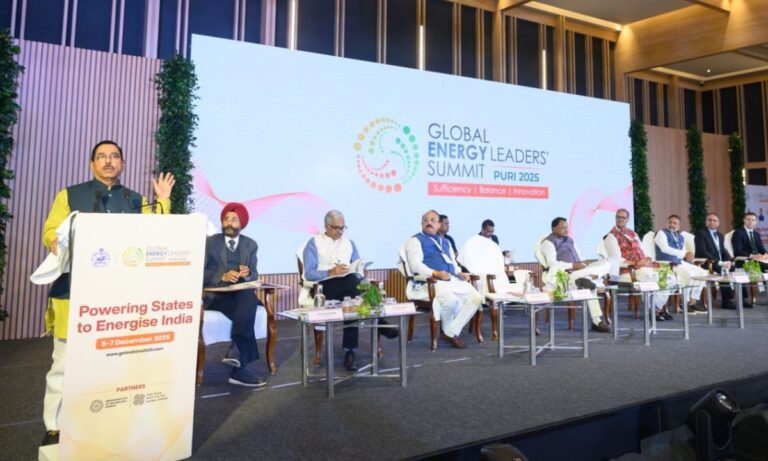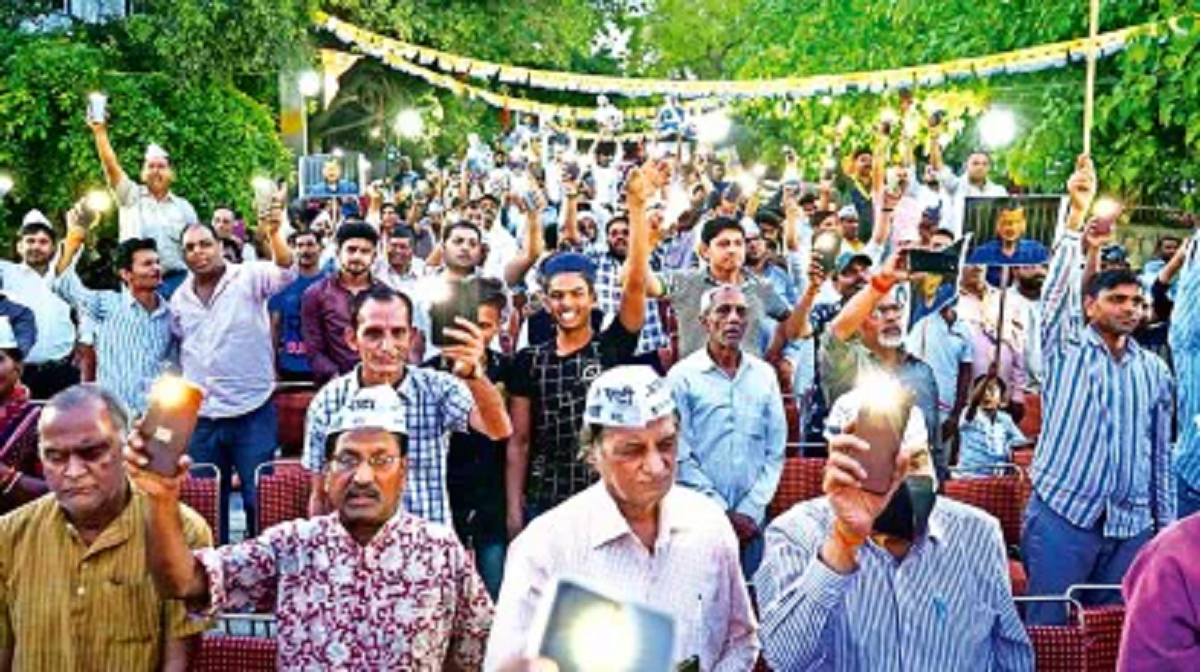
In a West Delhi market, amidst the chants of “Kejriwal zindabad” by Aam Aadmi Party (AAP) workers, an unexpected intrusion of “Rahul Gandhi zindabad” from Congress supporters disrupted the unity. This momentary awkwardness reflects the underlying tension between the two parties despite their recent alliance. The absence of Congress’ emblematic symbols in AAP’s campaign material further highlighted the disconnect, leading to a mid-campaign exit by a Congress councilor.
Delhi Congress chief Arvinder Singh Lovely’s recent resignation over the party’s coalition with AAP underlines the strains within the newfound alliance. While the top leadership has extended hands, grassroots workers struggle to sync, maintaining a facade of cooperation marred by mutual mistrust and historical rivalry.
Silos of Campaigning
With Delhi elections looming, both parties continue to campaign independently, focusing on their respective agendas. AAP’s “jail ka jawaab vote se” echoes in areas they contest, while Congress persists with its “Nyay Patra” door-to-door approach. The lack of seamless coordination reflects the challenge of merging distinct campaign strategies into a cohesive narrative.
AAP’s emergence from Congress’ decline in Delhi has bred a rivalry rooted in ideological disparities. Despite shared constituencies, the parties’ social bases diverge, complicating alliance efforts. Rahul Verma of the Centre for Policy Research notes the entrenched animosity, with Congress stalwarts viewing AAP as their foremost adversary. The discord manifests in conflicting campaign tactics and reluctance to endorse mutual agendas.
Leadership Versus Ground Realities
While leaders establish coordination committees, the practicalities of on-ground collaboration remain elusive. The absence of a unified campaign strategy underscores the superficial nature of the alliance. As AAP’s door-to-door efforts intensify, Congress lags, reflecting the asymmetry in campaign fervor.
AAP’s Himanshu Pahuja defends the decentralized campaigning approach, emphasizing resource optimization. Yet, the alliance’s efficacy remains unproven, with Congress workers questioning AAP’s commitment to mutual goals. The alliance, rooted in expediency, fails to inspire confidence or synergy among grassroots workers.
Delhi BJP dismisses the alliance as a marriage of convenience, asserting its dominance despite the political reshuffling. The absence of a united front against BJP compounds the alliance’s challenges, with internal discord overshadowing their collective opposition.
Dilemmas on the Ground
In local campaigns, AAP and Congress workers grapple with mutual suspicions and divergent agendas. AAP’s stronghold in Muslim-dominated areas contrasts with Congress’ struggle to leverage AAP’s popularity. Fear of sabotage and doubts about AAP’s competence further strain the fragile partnership, complicating grassroots mobilization efforts.
Despite staged displays of unity, grassroots workers remain skeptical, prioritizing individual party interests over collective goals. As assembly elections loom, AAP’s reluctance to bolster Congress undermines the alliance’s viability, leaving workers disillusioned and disengaged.
In the cacophony of competing narratives and divergent interests, the AAP-Congress alliance in Delhi struggles to reconcile ideological dissonance with political expediency, leaving grassroots workers caught in the crossfire of conflicting loyalties and strategic maneuvering. As Delhi heads to the polls, the true test of this uneasy partnership lies not in staged unity but in its ability to translate into electoral success amidst deep-rooted rivalries and divergent agendas.
